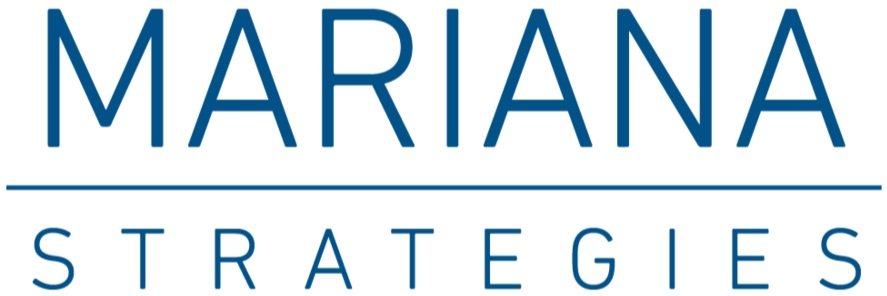The Essential Inclusion Work Every Organization Should Do Right Now
By Audrey Roofeh
A lot of conversations these days have been about paring back to essentials for businesses, and no matter what your organization does, it doesn't happen without the commitment and effort of your people - and for most organizations, your people are not a monolith. That's why a diversity, equity, and inclusion lens is essential to your work right now. Here are three things your organization or team can implement right now, and links to resources for more.
Recommendation 1: Make it safe for people to talk about what they're experiencing
As people try to find a normal within the pandemic, it can be difficult for team members to prompt the conversation about how they're personally affected by the crisis, and how that impacts their work. If you lead a team or organization, make it safe for people to speak up, by offering an insight into what you are dealing with and how. Let your team know that you want to understand their challenges and see how they can be addressed, and know that not everyone is experiencing the pandemic the same way. For individuals with caregiving responsibilities, it may be hard to talk about being a working parent, when the subject has been taboo in the past. If you've never had a conversation about race or ethnicity in the workplace, it could be hard for an employee who is currently experiencing Covid-19-related racism to talk about that. Listening with empathy and taking action to support individual team members is crucial.
Read our practice tips on managing remote teams, including how to build stronger remote communication practices.
Recommendation 2: As you plan for long term action, ask your team what their concerns are
As you determine a re-opening plan, no doubt your primary considerations are healthy and safety, privacy and logistics. Applying an inclusion lens means you're asking the right questions of everyone to understand the challenges that they're facing during the pandemic. Lily Zheng points out in Harvard Business Review the example of Grav, a scientific glass company, where warehouse workers, who are mostly black and brown employees, expressed concern about potential negative interactions with law enforcement during their commute since closures began. With the help of a DEI consultant, the company addressed the issue to help workers. In the New York Times, Claire Cain Miller spoke with working parents and caregivers who are unable to separate paid work and caregiving while working from home. With schools closed in most states, plans for reopening will have to incorporate caregiver needs. Knowing what questions to ask and anticipating challenges is crucial. Gathering information about concerns in a survey, followed by listening sessions for more information, will set you on the path. If you're concerned about how to have the right conversation, engaging inclusion experts can help.
Recommendation 3: The rules about harassment still apply
While we don't know what shape workplace harassment will take during the crisis, harassment is well known to happen via text, video chat, phone, email, and all the other tools we're using now to conduct remote work. It is important to remind staff that the rules prohibiting harassment, discrimination, bullying, and incivility apply now more than ever. Letting staff know that these issues will still be investigated and addressed during the crisis is an important way to communicate that harassment prevention remains a priority and that inclusivity is an important part of workplace culture. Make sure managers know how to have conversations about these topics with their teams.
